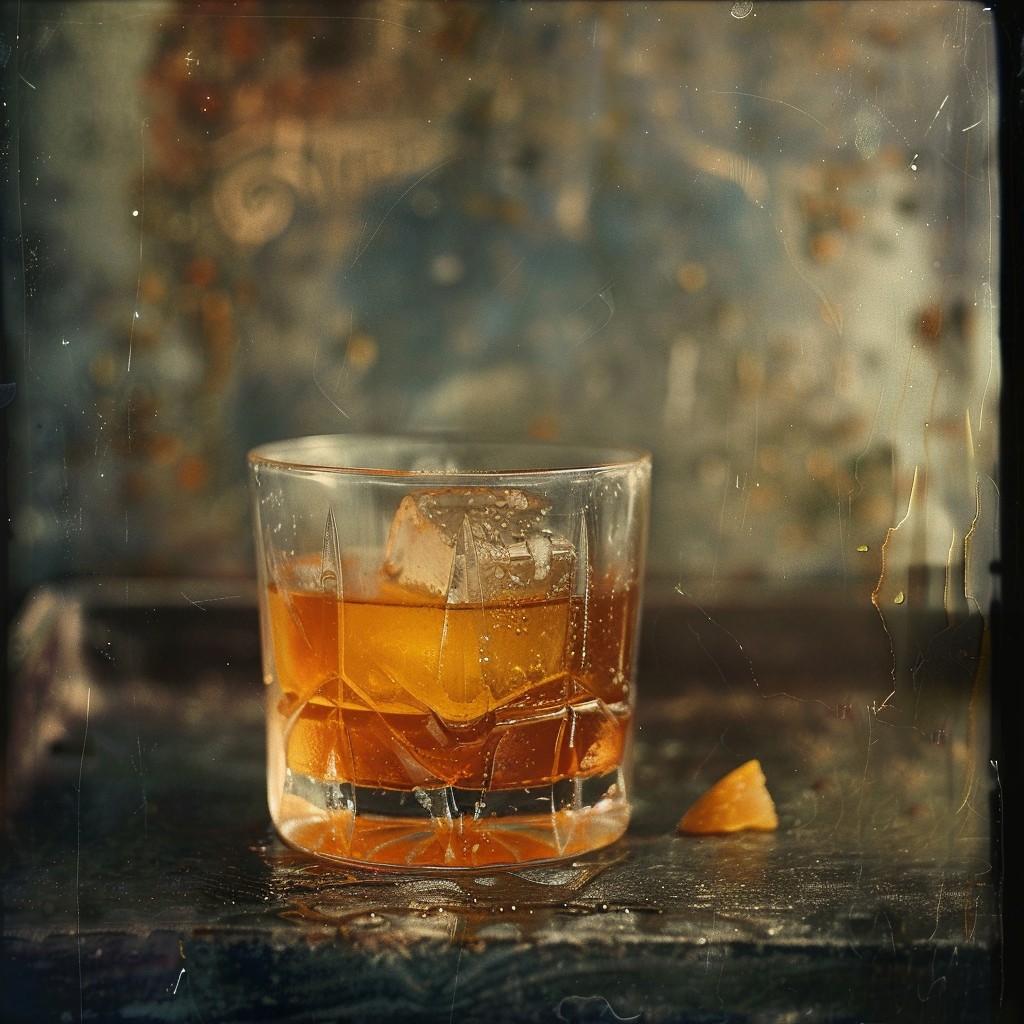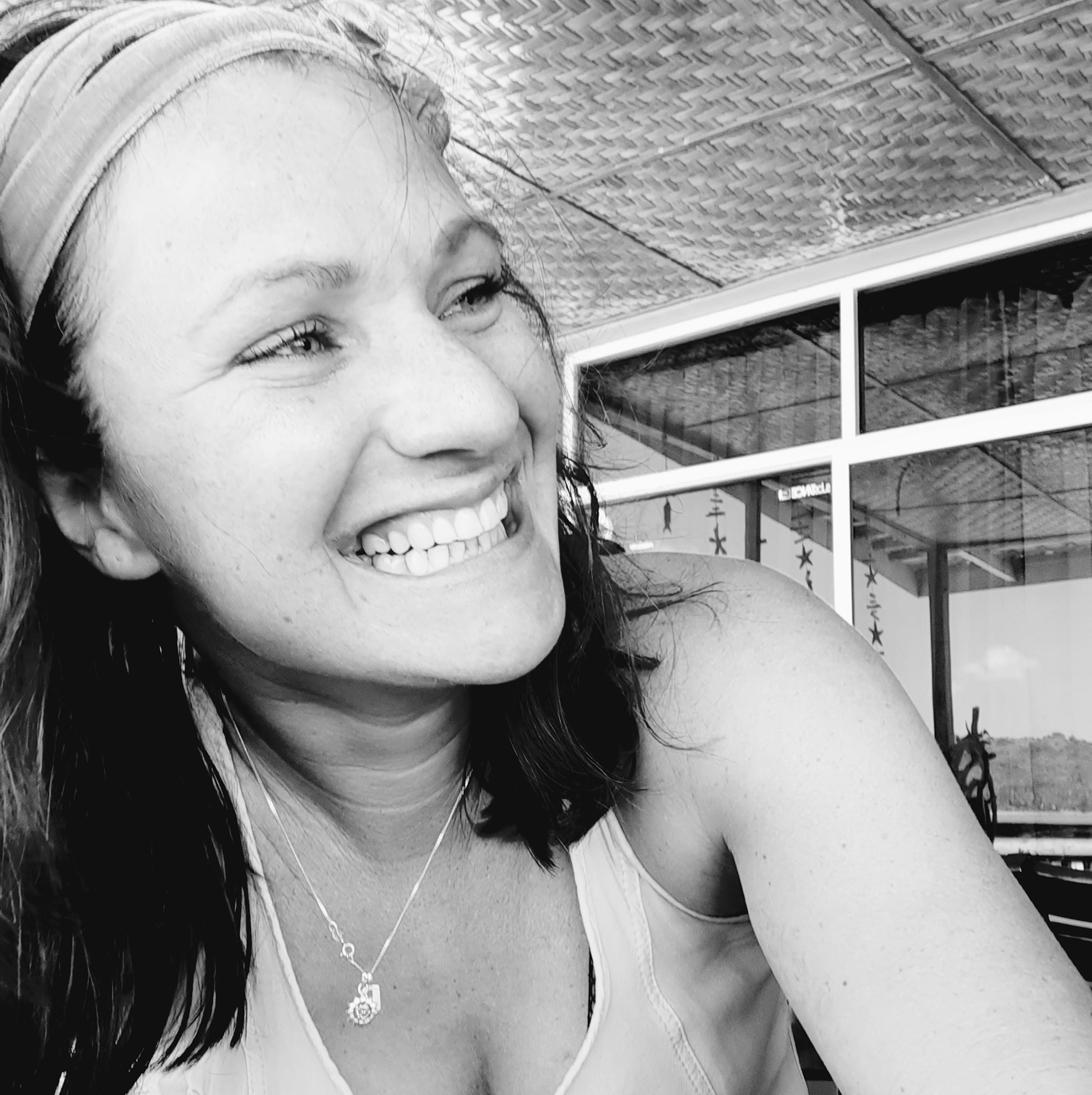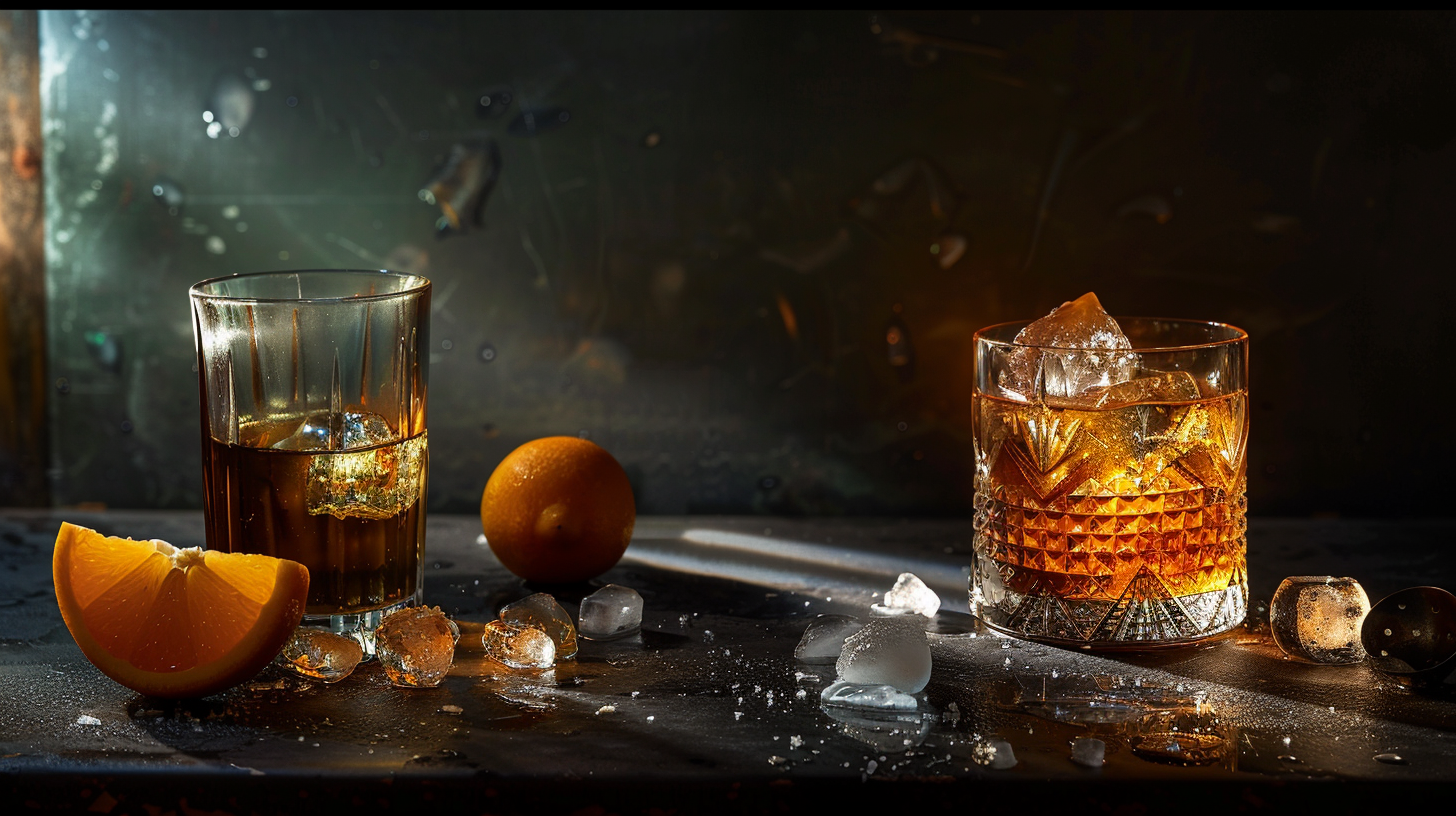Contents
- Understanding the Importance of Setting in Bar Food Photos
- Cameras and Lenses: Zooming in on Textures
- Lighting Gear: A Closer Look
- Setting Things Up Just Right
- Playing with Colors
- Choosing Props Wisely
- Final Touches with Garnishes
- Focusing Attention with Depth of Field
- Capturing Movement with Shutter Speed
- Boost Appetite with Color Correction
- Retouching While Keeping It Real
- Dealing with Dim Bars
- Capturing Hot Food Right
- Showcasing Bar Vibes
- Making People Feel Something
- Staying Legal
- Getting Permissions
- A Picture’s Worth a Thousand Words
- Telling Your Story
- Getting Likes and Shares
- Sticking With Your Style
Understanding the Importance of Setting in Bar Food Photos

When you take photos of bar food, the setting is just as crucial as the food itself. Showing where people eat the food gives your photos a backstory. You should try to capture elements like full drinks, soft lights, and maybe a blurry background with people chatting. These details help viewers feel like they’re there, adding to the sensory experience.
Also, it’s not all about how you arrange the food on the plate. Things like props are super important. Whether it’s a rustic wood board under a big, juicy burger or old-school silverware next to a fancy hotdog, these items help set the scene and make it look real good, almost as if you could reach out and grab a bite.
To wrap up, using the setting in the right way can really make your bar food photos stand out. It’s more than just taking pictures; it’s about creating images that can make your mouth water. By focusing on the setting and the little extras, the photos don’t just look great, but they also capture the fun vibe of eating out at a bar.
Cameras and Lenses: Zooming in on Textures

To get great shots of bar food textures, you need good gear. A decent camera with the perfect lens can really change the game. If we’re talking cameras, go for a DSLR or a mirrorless one because they let ya tweak settings by hand, which is key for the top-notch end result. Plus, you’ll want to grab something with good high ISO options because bars aren’t exactly famous for bright lights.
About lenses, a macro lens? It’s like a superpower for capturing all those fine details up close. But let’s say your wallet’s feeling light; a 50mm lens could do the trick too. It gives you that real-life look that’s just like what your eyes see.
Lighting Gear: A Closer Look

When you take photos of bar food, good lighting is key. It helps show off the details and make the colors look great. Here are some tools that can help:
– Get a portable flash. It lets you control light no matter how dim or bright the bar is.- Reflectors are handy too. They bounce light onto your food and get rid of dark shadows.- Don’t forget a diffuser. This gadget spreads out the light, so your pictures don’t have that harsh, shiny look and keep the yummy details you want to show off.
You might be tempted to just use whatever light is there, but bars can be tricky; they’re often pretty dark. To get consistent, high-quality shots, it’s smart to have your own gear.
Taking photos of bar snacks is an art. You need to arrange everything in the shot just right so that people looking at the picture will almost feel like they can taste and smell the food.
Setting Things Up Just Right
The way you place things in a photo is super important. Aim for a setup that feels balanced—nothing should stick out too much or get lost. You might want to center things up or maybe go for an off-beat look with some empty space. The goal is to guide anyone who looks at the photo from one part of the picture to another smoothly.
Playing with Colors
Using colors and contrast can really make the food shine. Try to add some color—think a bright drink or some fresh greens next to your main dish. And contrast helps as well—it adds depth and makes your food pop against the background.
Presentation matters a ton in food photos. Make sure the dishes look amazing by arranging them neatly on the plate to show off their best features. Remember, less is more—don’t crowd the plate!
Choosing Props Wisely
The props and backdrops you choose can make all the difference. Pick simple cups and plates so they don’t distract from the food. For backdrops, opt for neutral colors or textures that fit the mood of the bar.
Final Touches with Garnishes
Garnishes are like the cherry on top—they can make your food look even better. Add some herbs or spices, maybe a bit of sauce, but be careful not to overdo it.
To nail your bar food photography, you need to pay attention to how your camera settings affect your photos. Two important things are depth of field and shutter speed.
Focusing Attention with Depth of Field
Depth of field decides how much of your photo will be in focus. A shallow depth creates a blurred background, which really makes the food stand out. If you want more of the scene sharp and clear, use a smaller aperture (that’s a bigger f-number).
Capturing Movement with Shutter Speed
Shutter speed is all about timing. It decides how long light hits the camera’s sensor. In a bar, if you want to freeze action like steam coming off hot food, you’ll need a quick shutter speed. But if you’re going for a blur effect, like pouring beer, then slow it down. Just don’t go too slow, or you might blur things you didn’t mean to.
Working with both depth of field and shutter speed takes practice, but they’re essential for making your pictures pop off the screen.
After taking your shots, editing is where you make good photos great. But be gentle—you want to make your pictures stand out without looking fake. Focus on two main areas: color correction and retouching.
Boost Appetite with Color Correction
Color really affects how we see food. When fixing colors in your photos, aim for warm tones that look tasty and fresh. Play around with white balance to avoid weird hues and carefully adjust saturation to make colors vibrant without overdoing it.
Retouching While Keeping It Real
Your goal with retouching should be to clean up little distractions without losing the real look of the dish. Use cloning tools sparingly and reduce any oily shine just a bit—some shine suggests deliciousness. Editing textures subtly can invite viewers to imagine how food tastes.
Dealing with Dim Bars
Taking pictures in bars can be tough because they’re so dark. You’ve got to get creative—tweak those camera settings or bring extra lights without killing the cozy atmosphere.
Capturing Hot Food Right
For hot dishes, it’s tricky to catch the steam without making the photo look cloudy or letting that steam disappear before you get the shot. You also want to get those textures right—to show how crispy or gooey something is—and sometimes you’ll need special lenses for that.
Bar food photography is a lot more than just taking pics of snacks. It’s about telling a story that invites people into the atmosphere and flavor of the bar through visuals.
Showcasing Bar Vibes
A bar’s character is just as important as its food and drinks. Photos should help build its unique image. Including decor in your shots helps convey atmosphere and makes your photos resonate with viewers.
Making People Feel Something
Pictures can stir up emotions, so using visual metaphors can play up feelings—like warm colors for a snug feeling or certain ingredients for homemade vibes—which gets people excited about the bar even before they visit.
In bar food photography, you’ve got to be careful with legal stuff too. There’s more to think about than just taking awesome photos—you could run into copyright and trademark issues or need model releases and property rights taken care of.
Staying Legal
About copyright and trademarks—never copy someone else’s photos or use brands without permission:
- Create your own original shots.
- Get permission for pics of branded decor.
- If there’s music in your video, check if you need a license or use royalty-free tunes.
You don’t want legal troubles—it’s super important!
Getting Permissions
If people in your photos are front and center, get their signature on a release form if you’re using their pictures for business:
- You always need releases for commercial use.
- If you plan to sell or publish your work, getting permission is crucial.
Also, if you’re shooting inside a private place like a cool bar, ask for written permission first—you don’t want any problems later on!
You want smooth sailing in your bar food photography adventures, so stay sharp on these points and remember to document your permissions well.
Pulling together a portfolio of your work shows off what you can do with bar food photography. Make sure it’s varied to highlight all sorts of skills you’ve got.
A Picture’s Worth a Thousand Words
Pick images carefully for your portfolio. Choose ones that have depth—that tell stories beyond just showing food on a plate. These photos should also bring out the feeling of being in the bar with great colours and composition.
Telling Your Story
Your portfolio should take viewers on a journey, showing off how you see bar food photography and your style from start to finish.
When it comes time to market your work, social media is where it’s at. Make content that catches people’s eyes and sells the deliciousness of bar food.
Social media loves pretty pictures of food. Set up profiles where lots of people share images—places like Instagram and Facebook are perfect:
Choose smart hashtags that fit with local food trends and team up with influencers who can share your work with even more folks who love good eats.
Sticking With Your Style
Keeping a consistent theme across your work helps build a recognizable brand. Pick a style or mood for your photos and commit to it—it makes it easier for clients to understand what you’re all about and remember you when they need someone who does what you do.

About Author
Rachel Noël is a professional photographer and videographer from the UK with over 10+ years of experience. Rachel specializes in Underwater, Tavel & Portrait photography among other areas.
